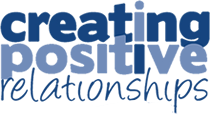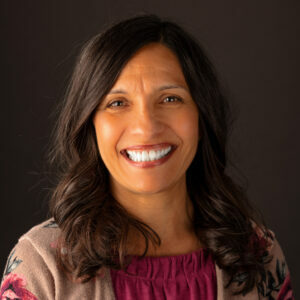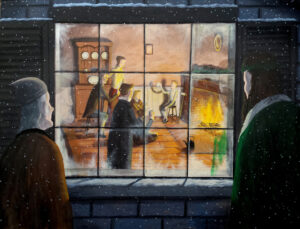I often say that technology is a great thing, except for when it isn’t. With an endless amount of information available to us within seconds, we know more than we ever have. But we are also surrounded by more temptation than we ever have been.
While we as adults may be able to navigate around pop ups and websites that are obviously risky, our young kids aren’t usually equipped with the same level of discernment.
What am I talking about here? The big “P” word. That’s right, parents, I’m talking about pornography.
Folks, it’s everywhere. Spreading like a wildfire on the internet, it’s a click away. Instagram is often called Instaporn and kids having innocent fun on YouTube can quickly find themselves watching inappropriate content with one wrong keystroke. The sad truth is that our ill-equipped and uninformed kiddos are being infiltrated with images that their brains and bodies are far too young to handle.
But, what if they don’t have to be ill-equipped and uninformed?
In a recent interview during The Mom Conference, Kristen Jenson, author of Good Picture Bad Picture: Porn-Proofing Today’s Young Minds, talks about the importance of starting the conversation about pornography with our kiddos early on.
In fact, when asked what age parents should start talking to their kids about pornography, she answers:
“What age are they having access to the internet? That’s the age you should start talking to them.”
And while that may sound scary, it doesn’t have to be! Jenson explains that it doesn’t have to start with the word pornography, it can simply start by teaching our kids what good pictures and bad pictures are.
“There are good pictures and there are bad pictures. Here’s what bad pictures are. If you see pictures of someone who doesn’t have their clothes on, you need to come tell me.”
As our kids get older, and Jenson advocates that that means starting around age 7, it is necessary to call it what it is, to teach them to say “that’s pornography.” When adults dance around terms, it automatically attaches a sense of shame to them. But early on, we just need to be teaching our kids discernment because sooner or later, our sweet kids will come across bad pictures.
And that’s where Jenson’s strategies really come in handy. Jenson’s book is a guide for parents and it offers steps we can teach our kids for when they do encounter bad pictures.
“You have to warn children about the dangers in their environment.”
Jenson explains that step one is to close your eyes. The longer we look at something, the deeper it gets burned into our memory. That means that teaching our kids the physical, literal act of closing their eyes when they encounter a bad picture is so important!
Step two of Jenson’s action plan is to walk away, and step three is to always tell a trusted adult.
Secrecy fuels addiction.
We need to teach our kids early on that we are comfortable with them telling us what they’ve seen. Setting that expectation of honesty and openness can protect our kids from developing future addictions if they’re already wired to talk about it.
*It’s important that I add Jenson’s bit of advice to us parents here. When they come tell us that they’ve seen these things, DON’T FREAK OUT. Easier said than done, I know! But it’s so important that we let our kids know we are happy they told us, not scare them from ever telling us again, or worse yet, instilling a sense of shame.*
“Kids are wired to imitate what they see. This is why viewing pornography can be so detrimental to our children’s development. And that’s why they need to be taught early on how to respond when they see something explicit.”
Living in the age of technology, our kids will eventually be exposed to this explicit content, whether at home, on the bus, or at a friend’s house. While filters on our internet and devices are good and should be utilized, we can’t be everywhere. We have to be proactive in educating our kids about the dangers on the internet by equipping them with the knowledge of how to react to this explicit content.
After all, “The most important filter is the internal filter we have built in.”
I know it may not be easy, but start those conversations now! It’s going to be so much easier to have preventative conversations now than to do damage control later. Just like you’ll teach your kids the dangers of strangers, to look both ways before crossing the road, and to always wear a seat belt, teach them what inappropriate content is and how to respond when they encounter it. It’s a conversation you won’t regret having, but it’s certainly one you’ll regret not having.
Do you suspect your child might be viewing pornography already? Click here to learn about seven warning signs you may have missed.




